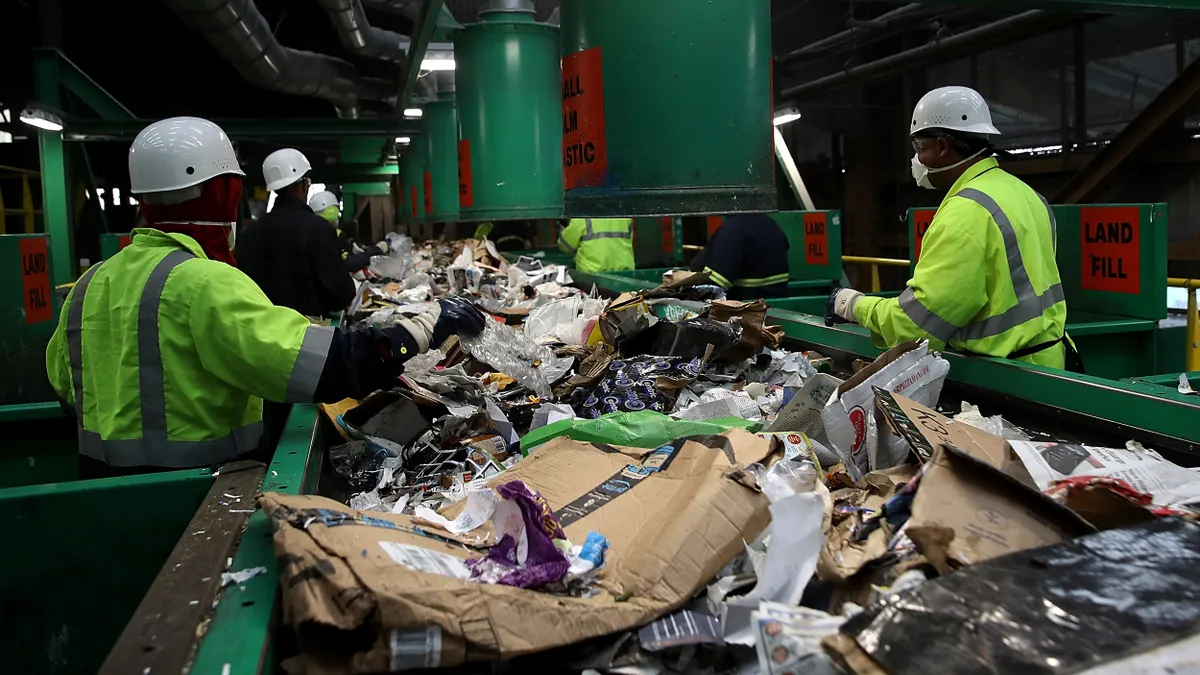Incidents of work-related injuries and illness in the waste industry reached their lowest levels in years in 2021, according to annual data released by the U.S. Bureau of Labor Statistics (BLS) on Wednesday.
For solid waste collection workers, the rate was 4.0 total cases per 100 full-time equivalent (FTE) workers, down from the previous year’s 5.2. Landfill worker injury rates also continued to fall this year. The rate was 2.2 cases per 100 FTE, down from the previous year’s 3.4. Rates for MRF workers fell from 5.1 to 3.2.
The injury and illness rates for all three sectors are at their lowest levels since at least 2006, according to analysis by the Solid Waste Association of North America. The rates are also less than half of what they were in 2017, said David Biderman, SWANA’s executive director and CEO.
The total recordable illness rate for solid waste collection workers was 8.4 per 100 FTE, down from 22.4 in 2020. BLS did not provide specific illness rates for solid waste landfill or MRF employees. COVID-19 was included as a workplace illness for the second time in 2021.
In 2021, private industry employers across all job sectors reported 2.6 million nonfatal workplace injuries and illnesses overall, down 1.8% from 2020, BLS reported. The incidence rate for all private industry jobs reported was 2.7, the same as the year before.
BLS plans to release 2021 worker fatality statistics on Dec. 16. In 2020, refuse and recyclable materials collection was the sixth deadliest occupation in the United States, though the fatality rate declined from the previous year.
Waste industry groups have applauded the falling injury, illness and fatality rates over the years, but they say more progress is needed. “Though we are pleased with the significant drop at landfills and among waste hauling, we cannot be satisfied with this report,” said National Waste & Recycling Association President and CEO Darrell Smith. The industry says it has long worked to make lasting safety gains to help prevent strings of deadly workplace accidents and remove waste jobs from the country’s list of deadliest occupations.
This story has been updated with comments from the National Waste & Recycling Association.















